I've been using the iPhone 16e as my everyday phone since it launched three months ago, and it remains an excellent compromise between price and features.
Apple unveiled iPhone 16e in February 2025, surprising everyone who thought we'd get an "iPhone SE 4." It's Apple's price-sensitive iPhone and people certainly had feelings about it.
As a diehard pro user, I put my iPhone 16 Pro into a drawer to put Apple's budget phone to the test. To be clear, I still had to use my iPhone 16 Pro at times, though it was more related to my job than any shortcomings of the phone.
Like when reviewing MagSafe items for example. But we'll get into that.
First, let's revisit the high-level specs of the three-month-old iPhone 16e.
iPhone 16e long-term review: Specs
Apple's most affordable iPhone measures up with a 6.1-inch Super Retina XDR display. It has an aluminum frame and a matte glass back that comes in either black or white.
There's a notch at the top and it uses Face ID for authentication. Fortunately ditching the Home Button from the prior iPhone SE 3.
There's a single 48MP rear-facing camera that offers 2X optical-quality zoom. It has the same 12MP front-facing camera as the rest of the lineup.
There is no Camera Control, that's reserved for the rest of the iPhone 16 lineup. It does have the Action Button though, which can be preset to many functions including opening the Camera app or launching Visual Intelligence.
The phone runs on Apple's A18 processor, which is enough to run Apple Intelligence. At least the features that have been launched so far.
Then there is the custom C1 modem. The C1 is just the beginning of Apple's modem work, which I outlined already.
iPhone 16e long-term review: Using it in daily life
In my daily life, I'm pretty typical. The usual family affairs, weekend trips, and plenty of photos of my pets and kid.
I've lived with it throughout the day, on a vacation, and to baseball games. Overall, it just felt like a very solid iPhone.
Never did the phone feel slow. I could do basically everything I could do on my iPhone 16 Pro with ease.
I never played any intensive games, but the ones I played most often — Balatro, Stardew Valley, or Game Dev Tycoon — all ran smooth and lag-free.
Perhaps loading times were mildly longer, but nothing I particularly noticed or was concerned about. I'm sure more GPU-intensive games like Assassin's Creed would struggle a bit more, just like on the base iPhone 16.
Photography was also not problematic. I rarely needed to zoom in beyond 2X in the real world so having a 48MP primary camera was perfect.
The only time I missed having the ultra-wide lens was when we went to the Cleveland Guardian's game and I couldn't quite fit the whole ballpark in frame. The photos were still crisp and vivid, though.
I also want to mention Apple Intelligence. The A18 chip does support Apple Intelligence and all the features that are currently available.
This touches so many aspects of the phone from fuzzy searches in Photos and the App Store to summarized notifications. There's also the Clean Up tool, Writing Tools, ChatGPT integration, Visual Intelligence, Priority Notifications, and more.
While many of these are useful, it's not the fully realized feature set for Apple Intelligence. More and more will be coming, starting with iOS 19.
 iPhone 16e long-term review: I didn't miss many features on the iPhone 16e after ditching my iPhone 16 Pro
iPhone 16e long-term review: I didn't miss many features on the iPhone 16e after ditching my iPhone 16 ProEven if the Apple Intelligence features now are somewhat lackluster, the hope is they improve and will, eventually, be a core feature of the phone.
What's so great about the iPhone 16e is that it is so much of the core iPhone experience. The screen is bigger than the SE, it's got Apple's latest processor, it supports Apple Intelligence, and many future versions of iOS, and the camera is very good for a singular shooter.
iPhone 16e long-term review: Two missing features
After using an iPhone 16 Pro for so long, there were two very specific features that I ended up missing quite a bit on the iPhone 16e. They were MagSafe and the Camera Control.
The Camera Control is another new button Apple added that had people divided. Comment sections across the various AppleInsider platforms were strong and varied.
They spanned the gamut from loving it to hating it. My original opinion was somewhere in the middle, but it turned out to be surprisingly useful for opening the Camera app.
It's by far the fastest way to open the Camera and quickly became a habit for me. I can pull the phone from my pocket, give it a squeeze while raising it, and have the Camera open by the time it is at eye level.
 iPhone 16e long-term review: The Action Button can open the Camera app, but I liked using it for other features
iPhone 16e long-term review: The Action Button can open the Camera app, but I liked using it for other featuresYes, the Action Button can do the same but I also had preferred uses for that too. The Camera Control can be fiddly when trying to change settings and swiping across it, but it's so nice for opening the app.
There was an exceedingly high number of times I had pulled my phone out, only to realize the Camera Control was not there any longer, and felt hampered by that.
The second feature was MagSafe. I've become a huge fan of MagSafe and not having it in my phone was nearly a dealbreaker.
All my chargers in the home were MagSafe stands, which meant this phone wouldn't work. I had to use a USB-C cable or put the chargers flat when possible.
I also use a MagSafe car charger, a MagSafe wallet, and a MagSafe battery. All incompatible here.
Apple's philosophy seems to be that the target users of iPhone 16e don't use MagSafe and instead plug their phones in and forget them. I'm sure that is somewhat true, but I think this was one cut too deep.
 iPhone 16e long-term review: My iPhone 16 Pro charging with MagSafe (left) and the iPhone 16e charging with Qi
iPhone 16e long-term review: My iPhone 16 Pro charging with MagSafe (left) and the iPhone 16e charging with QiIt's true that you can adorn the iPhone 16e with a case that adds MagSafe magnets, but that is only part of the MagSafe experience and is still limited to 7.5W max versus 25W.
I do realize the position I'm in here, coming from an iPhone 16 Pro. That's not an upgrade path users follow.
If you are upgrading to an iPhone 16e from an iPhone 11 or from an Android device, you aren't going to miss these features. Because you never had them in the first place.
Perhaps that's the real angle Apple is counting on.
iPhone 16e long-term review: Apple's budget iPhone tightrope
The crux of this phone is that it retains almost all of the core iPhone experience. You are getting a very solid camera, a modern design, a decent-sized screen, the latest processor, USB-C, and more for a much more affordable price.
 iPhone 16e long-term review: I kind of missed the Dynamic Island too compared to the notch, but at least it had Face ID
iPhone 16e long-term review: I kind of missed the Dynamic Island too compared to the notch, but at least it had Face IDSome had posited that they'd rather just get an older iPhone instead, like an iPhone 14 or iPhone 15 because they at least have MagSafe.
The problem with that is they would have a generation or two old chips, which limits their overall lifespan. They also don't have Apple Intelligence, which, while perhaps lackluster today, will likely become increasingly important over the coming years.
In my opinion, the only reasonable alternative would be an iPhone 15 Pro. You get the pro chip — which should help it work longer, you get Apple Intelligence, MagSafe, multiple cameras, and other benefits.
That phone though, is still regularly sold for $700 or more. A used one is plausible, but then you have to worry about battery health and not everyone wants a used phone.
This phone is predominantly for those users who are walking into an Apple Store, Verizon, Best Buy, or some other retail outlet and asking what is the newest and most affordable iPhone they can get that will last them for years to come. They don't need all the bells and whistles but want a phone that will last for years at the best price.
I think iPhone 16e delivers that in spades. Even if it isn't for everyone.
iPhone 16e long-term review: Pros
- Solid price retaining core iPhone experience
- Clean and simple design
- Camera still great
- A18 chip is plenty of future-proofed performance
- Will support Apple Intelligence features as they're released
- Action Button can be programmed to many tasks, like Visual Intelligence
iPhone 16e long-term review: Cons
- Many will still miss MagSafe
- Not as inexpensive as the iPhone SE was
iPhone 16e long-term review rating: 4 out of 5
Where to buy Apple's iPhone 16e at a discount
The best way to save on Apple's iPhone 16e is to check out wireless carrier deals, with the service providers offering incentives via bill credits and trade-in promotions that often bring the device down to free (applicable taxes do still apply).
You can hop straight to the carrier offers below. We also cover the best iPhone deals in our dedicated roundup.
Save on iPhones at wireless carriers
- T-Mobile: Get an iPhone 16e from $0 per month* for 24 months
- AT&T Wireless: Grab an iPhone 16e for as low as $5.99 per month* with no trade-in required
- Verizon: iPhone 16e starts at $4.99 per month* (save $420 with incentives) *Terms and conditions pertaining to each offer can be found on the specific carrier's site.
 Andrew O'Hara
Andrew O'Hara
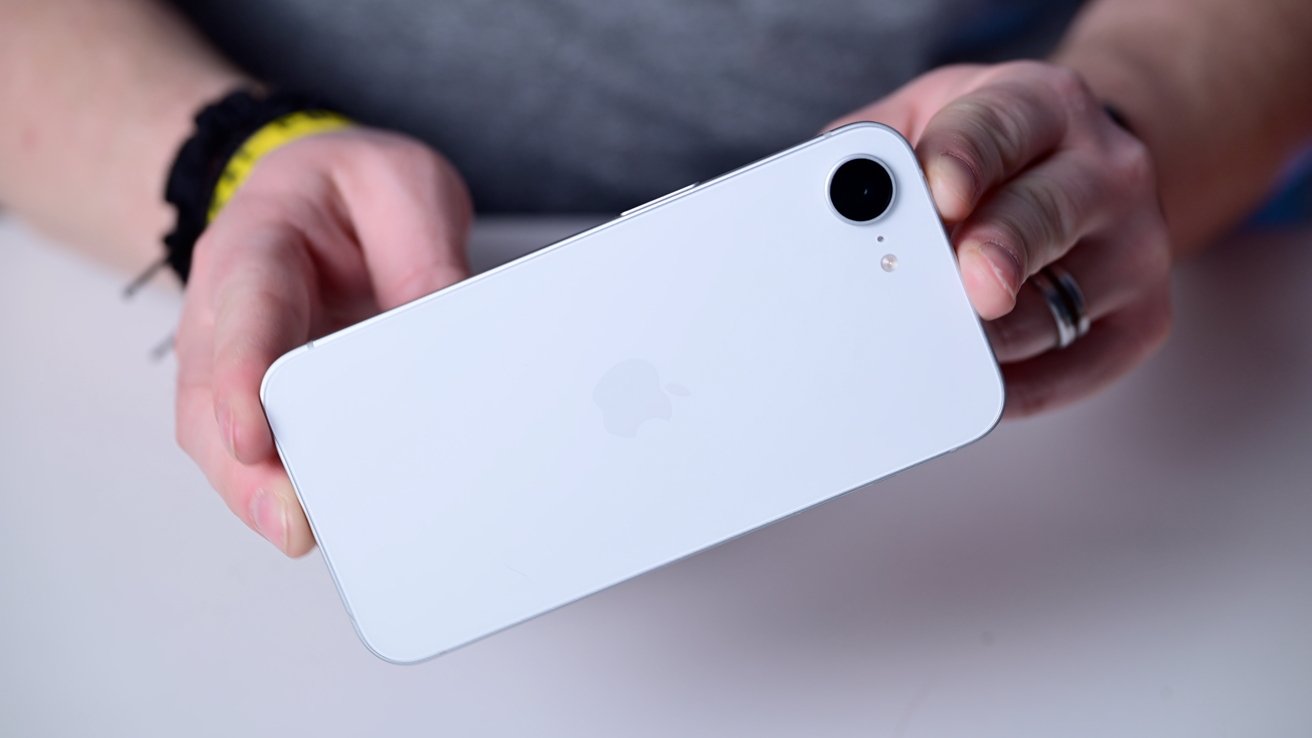



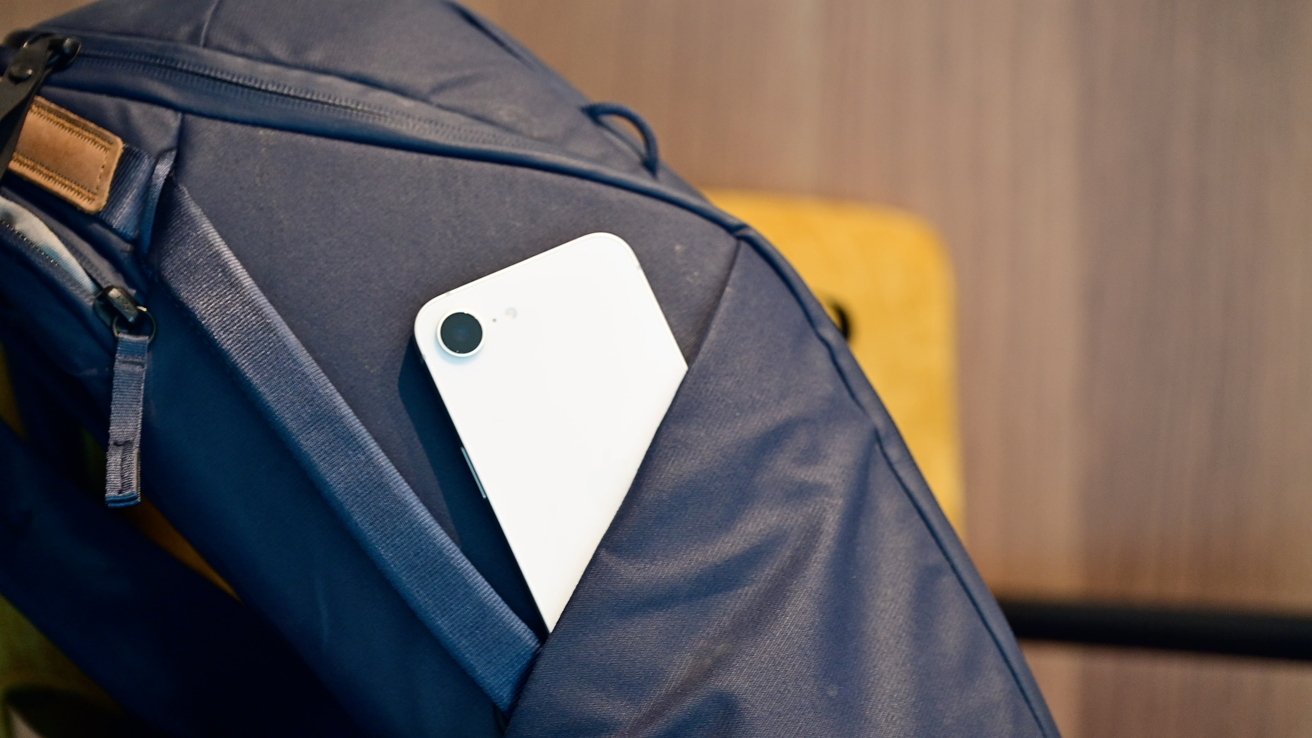



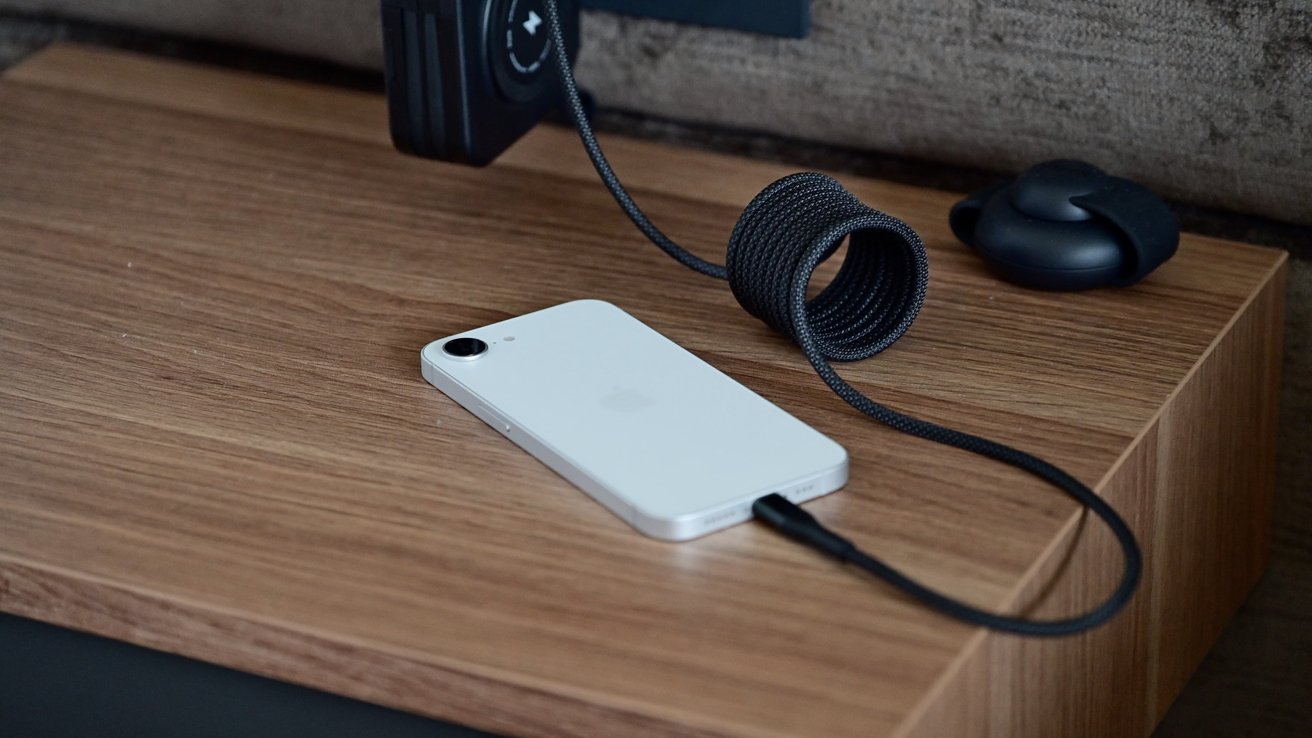


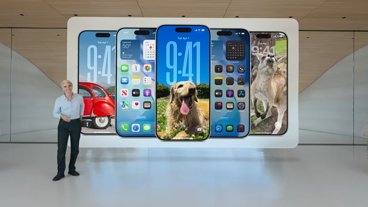






-m.jpg)

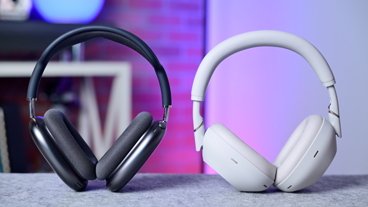
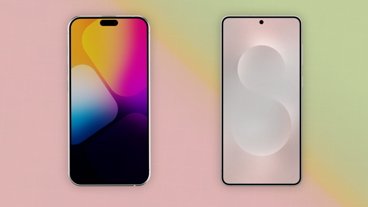


 Chip Loder
Chip Loder
 Wesley Hilliard
Wesley Hilliard
 Andrew Orr
Andrew Orr


 Amber Neely
Amber Neely
 Mike Wuerthele
Mike Wuerthele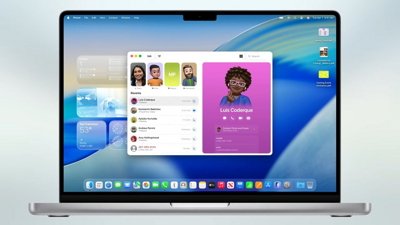
 Malcolm Owen
Malcolm Owen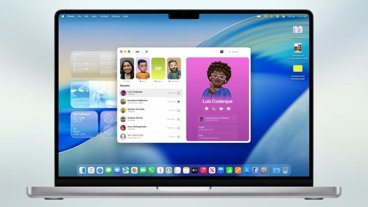
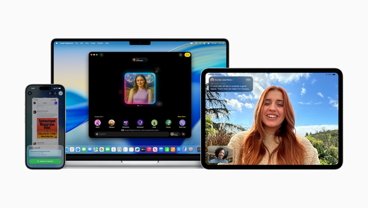
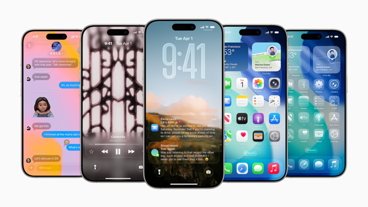

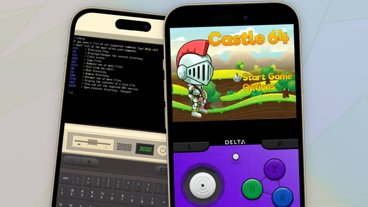





6 Comments
16e is a waste of money and step backwards IMO. I just bought an ‘as new’ condition iPhone 14 pro max 256gb with 100% battery life for the same price as a 16e. My wife has a standard size iPhone 14 pro 256gb and our daughter has her old red edition SE2 which she loves. Figure we might as well just use these phones for the foreseeable future, as the tech has plateaued, AI is still just a novelty and can’t envisage any useful advances in mobile phones for another couple of years.